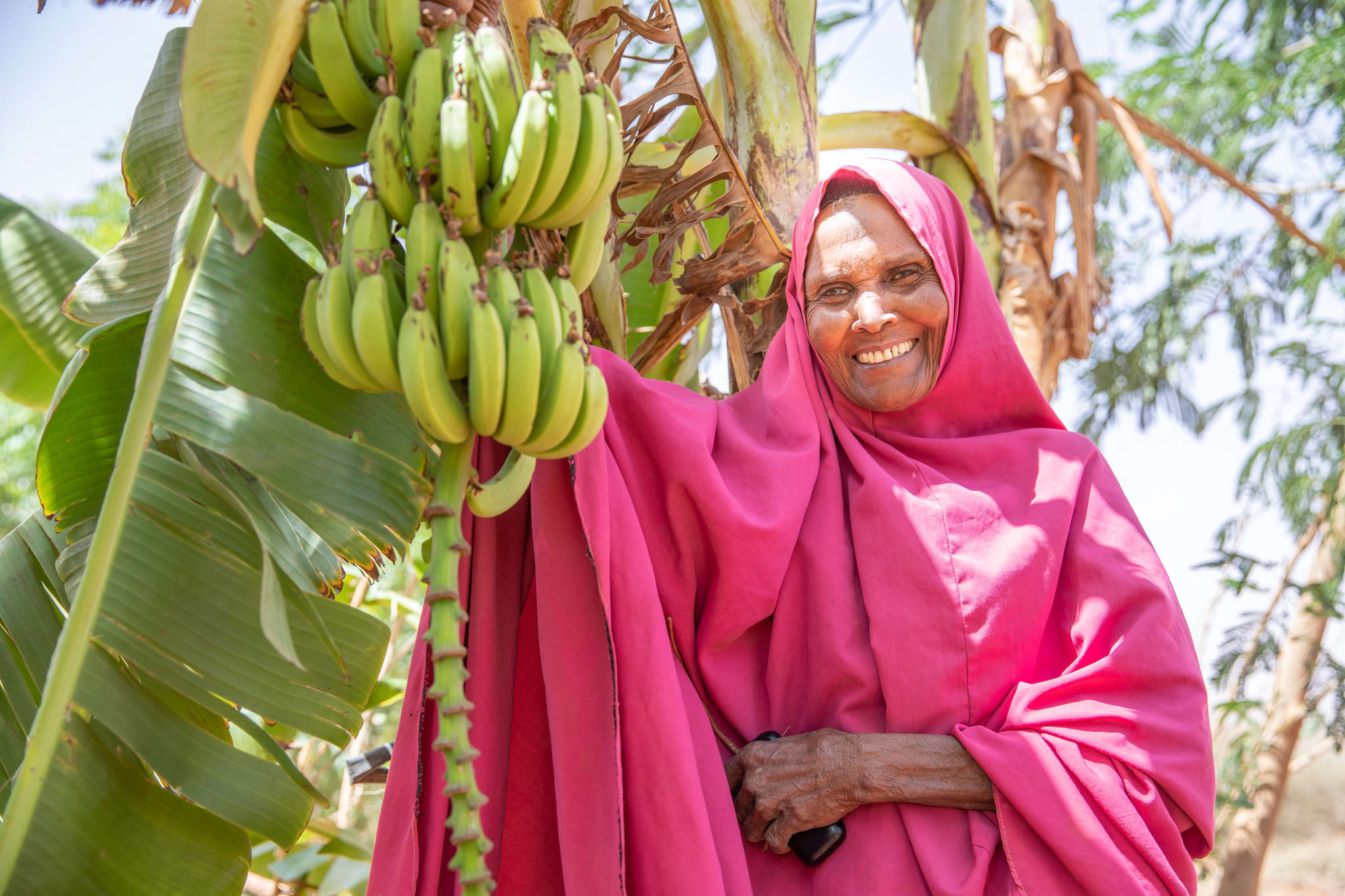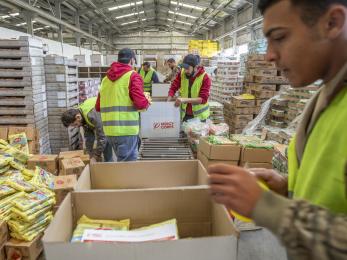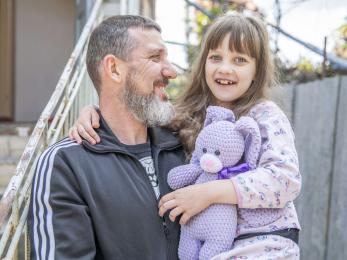What you want to know about the Sahel hunger crisis
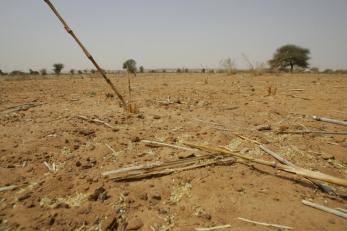
The hunger crisis in the Sahel is not an immediate emergency that gets splashed across the evening news. Instead, the tragic circumstances of drought and failed harvests have been building since the beginning of the year.
A slow build might not get as much media attention, but it is no less critical. This wide-spread disaster has left millions of families without enough to eat — and continues to worsen throughout this dry season.
The causes and the effects of this situation are complex, the issues Mercy Corps teams are addressing no less challenging. And you want to know more.
So we passed along your pressing questions to Mercy Corps’ Country Director, Thierno Diallo, in Niger, a nation at the heart of the crisis. His answers shed light on the important work that your support makes possible.
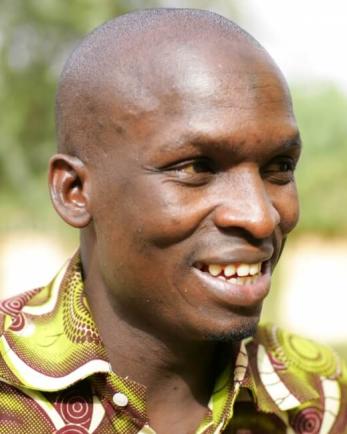
What is the impact of the hunger crisis on children there? What is Mercy Corps doing to help?
The hunger crisis has had a negative affect on children’s well being, specifically on their health and nutrition. For example, over 13% of children in one of our target areas, the Tillabéri region, suffer from malnutrition. Many families are unable to access food and basic needs.
Mercy Corps is supporting thousands of vulnerable families through cash-for-work projects and emergency distributions that put cash in the hands of those that need it most so they can buy food. Mercy Corps has also been working with the National Health Extension to support community health centers that screen children for malnutrition; to provide nutrient-rich therapeutic food; to support mothers and improve health of their infants from birth to 2-years-old; and to host health education campaigns in dozens of villages.
How are you helping communities prepare for the future?
We are working to build the resilience of vulnerable communities by providing short-term jobs and cash during times of need or little work. This will help farmers and pastoralists hold onto their assets during the crisis so they can restart their livelihoods when conditions are better. Meanwhile, the projects people work on result in long-term improvements that rehabilitate the land and increase access to water so future harvests and animal health will improve.
They have learned to dig simple, shallow shapes into the land — banquettes for grazing land, half-moons for crops, and smaller crescents for gardening plots — that keep top soil from washing away and collect runoff water. When it rains here, it rains very hard. Rather than just evaporating away, the pooled water now absorbs more fully into the ground. Grasses that animals eat grow very quickly near the pools, which are also a new water source for the animals. The desert transforms incredibly quickly with just a little water — it's pretty amazing!
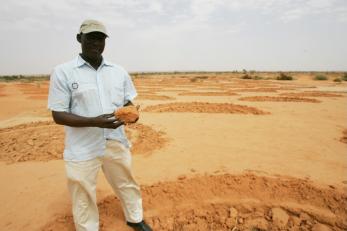
These areas are also fertilized to improve the soil, and communities are encouraged to plant trees what will slow erosion over the long-term. Additionally, the trees become a source of wood for fuel and the leaves offer more feed for animals.
We are also working with partners to connect more communities with the government's early warning system. Collecting and monitoring more data from throughout the country will ensure future droughts do not go unnoticed before it’s too late.
What has been most surprising about the situation on the ground?
During past crises, men and young people would temporarily leave villages to find work or food in the cities. But the situation is so bad this time that they are no longer leaving women and children behind to maintain their homes; entire families are abandoning their farms for good and uprooting their whole lives to try to survive. The sense is that the situation has become hopeless and people do not see a way of making it work in either the short- or long-term.
How is Mercy Corps introducing sustainable farming/agriculture practices to help people through this drought, and droughts to come?
Mercy Corps is helping people get access to improved seeds that can better withstand dry conditions and more effective fertilization to improve the soil. We're teaching the land rehabilitation techniques outlined above, which can be integrated into agricultural practices for generations to come.
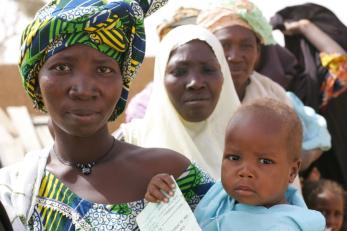
To increase the market value of harvests, our teams are also working with farmers — especially women — on improved storage techniques. Traditionally, small and disadvantaged producers sell crops immediately after harvest. The
surplus in the market at harvest time causes prices to drop, and the most vulnerable farmers are forced to sell their produce at unfavorable prices. Our programs teach simple preservation and storage strategies, like completely drying beans and peanuts before storing (if stored while still wet or damp the produce will just rot). This knowledge provides farmers with the skills to preserve a high-quality product and allows them to sell their produce when the market has more favorable conditions.
Why did you choose to work for Mercy Corps?
Broadly, Mercy Corps strives to find solutions to complex global crises by thinking differently about the process, using local partnerships and focusing on long-term sustainability. I was drawn to Mercy Corps by the challenging geography in which they operate and the unique development models they employ to create lasting change in these transitional environments.
Why is it so difficult to grow produce in the region?
Niger is in the Sahel, the southern part of the Sahara desert. The region is affected by climate change, which has led to increasingly chronic and recurring droughts every three or four years. In addition to low amounts of rainfall and groundwater, the soil is very poor and generally infertile. Most farmers use traditional production methods, but the improved technology and modern techniques discussed above will help them adapt to these new environmental conditions.
People in crisis respond with courage. What stories of courage do you keep close to your heart?
On a recent field visit, we talked to many people benefitting from our projects. They said that when the family eats, they first serve the children, then the men, and finally they serve the women. When food is plentiful, the whole family eats well. However, now that food is scarce, women continue to serve their children and husbands first. Their self-sacrifice is courageous but heartbreaking.
During our visit, women told us that they prefer the cash-for-work activities. When they work and earn money, they are able to buy enough food for their entire family. They also work to rehabilitate land that was not previously being utilized. In addition to supporting their families, their efforts help the community produce more food and help to increase the water and feed available for livestock, which increases future earnings.
